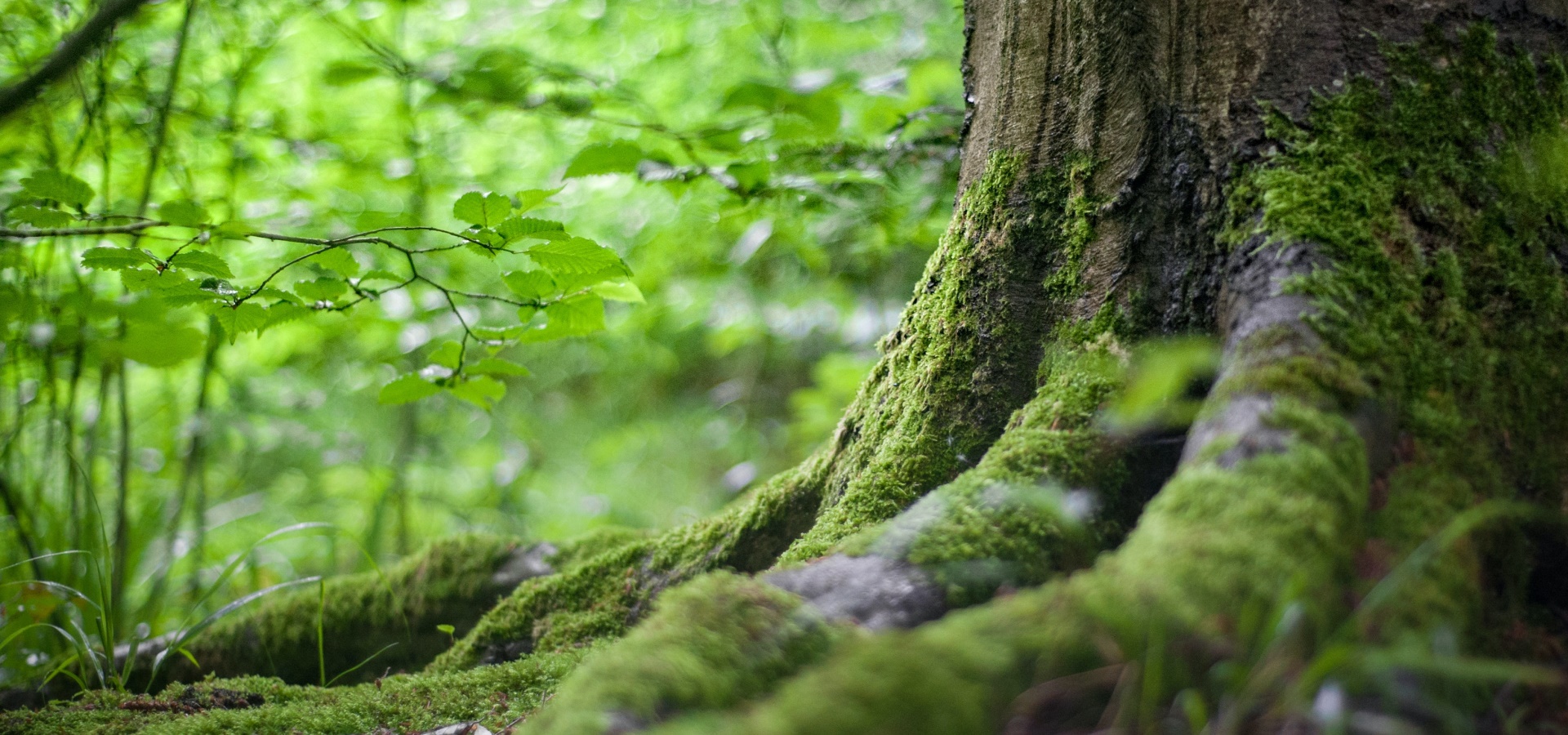Want to talk sustainability?
We do too.
Get in touch
Published .
To take care of ourselves, each other, and the planet – we must start with ourselves. SustainX’s Project Manager, Dana Ansberga, gives her advice on how you can use mindfulness as a tool to take care of yourself.
“I want you to act as you would be in a crisis. I want you to act as if our house is on fire.”, said Greta Thunberg at The World Economic Forum Annual Meeting in Davos conference back in 2019.
According to the latest report and science studies, she is right – our house is on fire. And she is in her right to urge the world leaders to act.
However, I am afraid that the “house on fire” mindset might trickle down to each of us in another way. Day in and day out, we hear about natural disasters and growing social inequalities. Through all media and social media channels, we are overwhelmed by the terrible news in the world. Now, more than ever, the patterns of climate, politics, and social injustice are scary and sometimes seemingly irreversible. For many people, this constant stream of disturbing news is a disarming force that keeps them from acting on the issues rather than encouraging them to step up and become change-makers.
We need strength, focus, and determination to keep speaking up against the injustices, to support people in emergencies, and lead action towards long-term change and a more sustainable future. But we are scared, shivered and some of us are still in denial. How do we step out of the “fight or flight” mode and start thinking strategically when overwhelmed?
We need to learn to see above the overwhelming stream of bad news to create some excess mental space. A calm space with enough room to accommodate thinking about our existential problems. Only then can we start looking at the long-term benefits of our actions and implement necessary changes. With a calm and focused mind, we can bring ourselves to unlearn the old habits and install new ones – to take care of ourselves, each other, and the planet.
In the fight for a just and sustainable world, we need each other. We need ambition and focus on unifying and amplifying our collective strength. How do we achieve that if our minds are exhausted by the “house on fire” mindset?
We need to start with ourselves, nurturing our wellbeing and the capacity of our minds to think clearly, critically, and creatively, training ourselves to choose healthy new habits over “business as usual” attitudes. When we succeed at throwing off the constant existential dread of the daily news, we can focus on creating solutions. Only by taking care of ourselves can we take care of each other and the planet.
Personal practices to achieve mental clarity, health and creativity have been pondered on for millennia. Mindfulness practices have resulted in decreased anxiety, reduced stress, improved emotional health, and increased self-awareness.
With regular mindfulness practice, we can get over the “house on fire” mindset and gain enough mental resources to step into the mental space to access clarity, critical thinking, and creativity.
This is the mental space where we create solutions.
There are various mindfulness practices and techniques that range from meditation, yoga to solving riddles. Below I am listing some of the simplest mindfulness practices that anyone can start with without prior experience.
1. Practice gratitude.
Focus on your day, recall the events, people, natural phenomena, or other personal experiences you are grateful for today.
Things or experiences to express gratitude don’t have to be big. They can be as simple as “having your favorite cup of coffee in the morning” or “enjoying the walk to work.”
Recall the event that you are grateful for and indulge in the sensation of warmth and joy that it brought you.
This practice is simple, but don’t underestimate it. If you practice gratitude every day, just this practice alone can radically change your mindset, and the way you show up for yourself and others.
2. Practice body awareness.
Sit comfortably and focus on the sensations in your body. You could focus on your breath and follow your inhalation and exhalation, letting your thoughts come and go.
You could also focus on the sensations in your body. If you are sitting, notice the feeling of pressure against the chair or the warmth of your hands touching.
Focus all of your attention on one type of sensation. Let thoughts come and pass and return to your sensations every time you notice you have been carried away by thoughts.
3. Practice thought awareness.
This is a more distinct practice of perspective, where you notice your thoughts without applying judgment.
Simply notice your thoughts. Observe what memories, thoughts, and visions flash in your mind’s eye. Try not to actively participate in developing your thoughts, but also don’t withdraw from thinking.
Observe what sensations your thoughts produce, what emotional background comes with them. Don’t worry about what kinds of thoughts appear; simply witness them and switch to observing the breath in between your thoughts.
You don’t always have to sit in a quiet room to practice. To enjoy your mindfulness practice, you can combine it with going for a walk, enjoying your meal, or practicing gratitude in bed before you go to sleep.
These practices are not a panacea against all our problems. However, they don’t only support each of us in becoming less anxious, more focused, and perhaps more healthy. They also facilitate a healthier and less anxious society that can collectively solve our future challenges.
